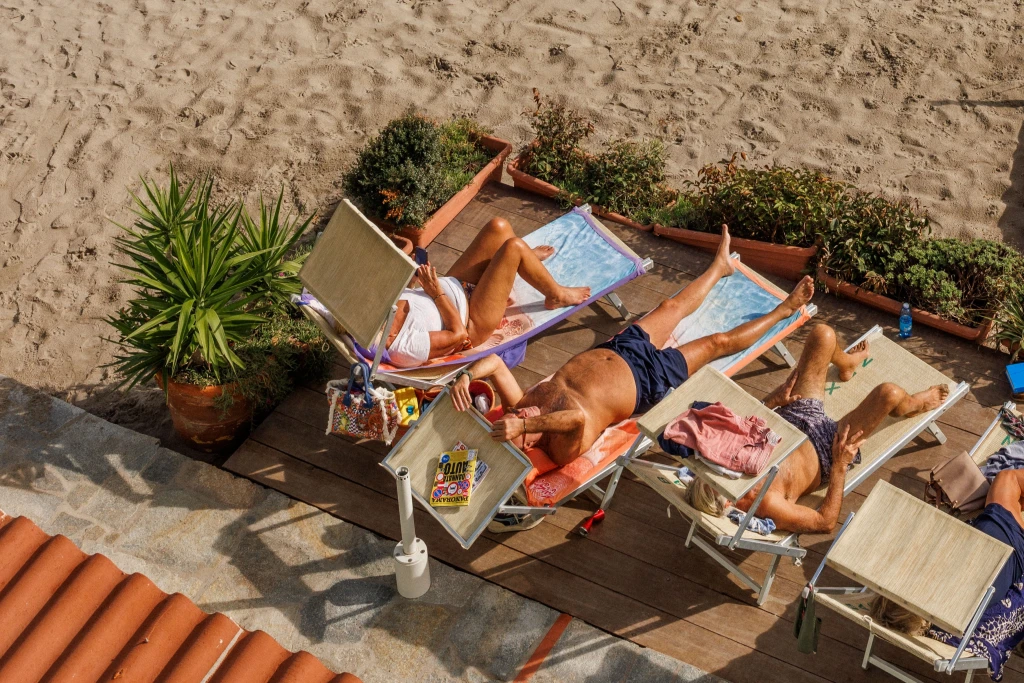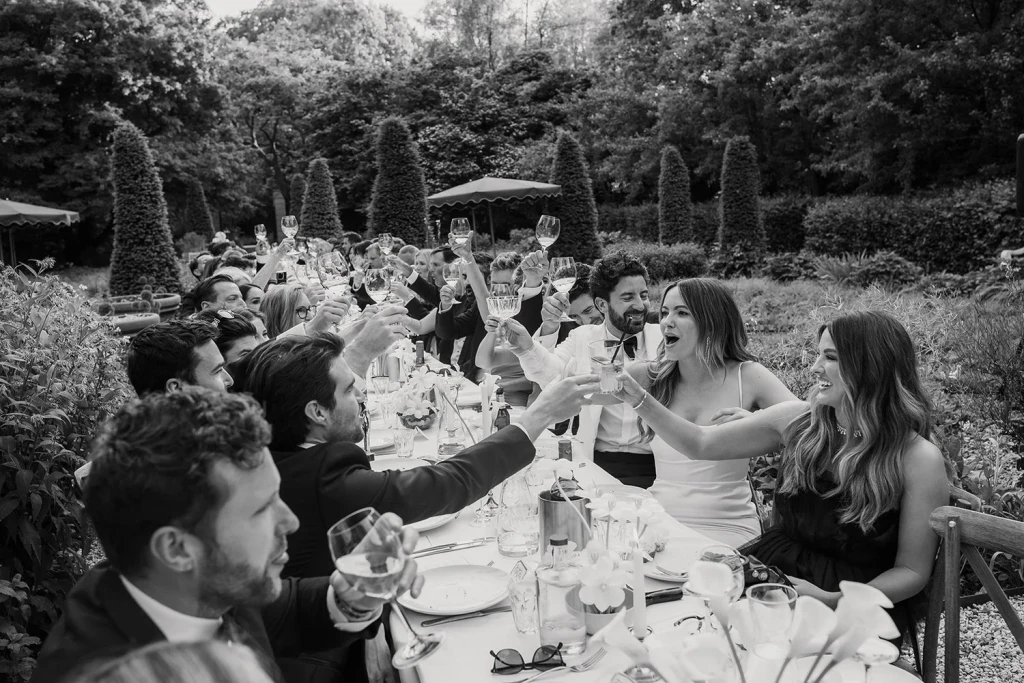The Bagni of Forte dei Marmi: A Living Ritual of Riviera Elegance
The Bagni of Forte dei Marmi: A Living Ritual of Riviera Eleganc
There’s a rhythm to summer in Forte dei Marmi. It begins with the unhurried procession to your striped tent, the familiar nod from the bagnino who remembers your order from last year. It ends with an aperitivo in hand, the day’s warmth still lingering on teak floorboards. This isn’t just a beach holiday—it’s a tradition, a ritual, a form of living passed down like good silver.
Forte dei Marmi’s bagni—beach clubs with cabins, gazebos, waiters, and old-world civility—are its soul. And their story is as compelling as their sun-kissed allure.
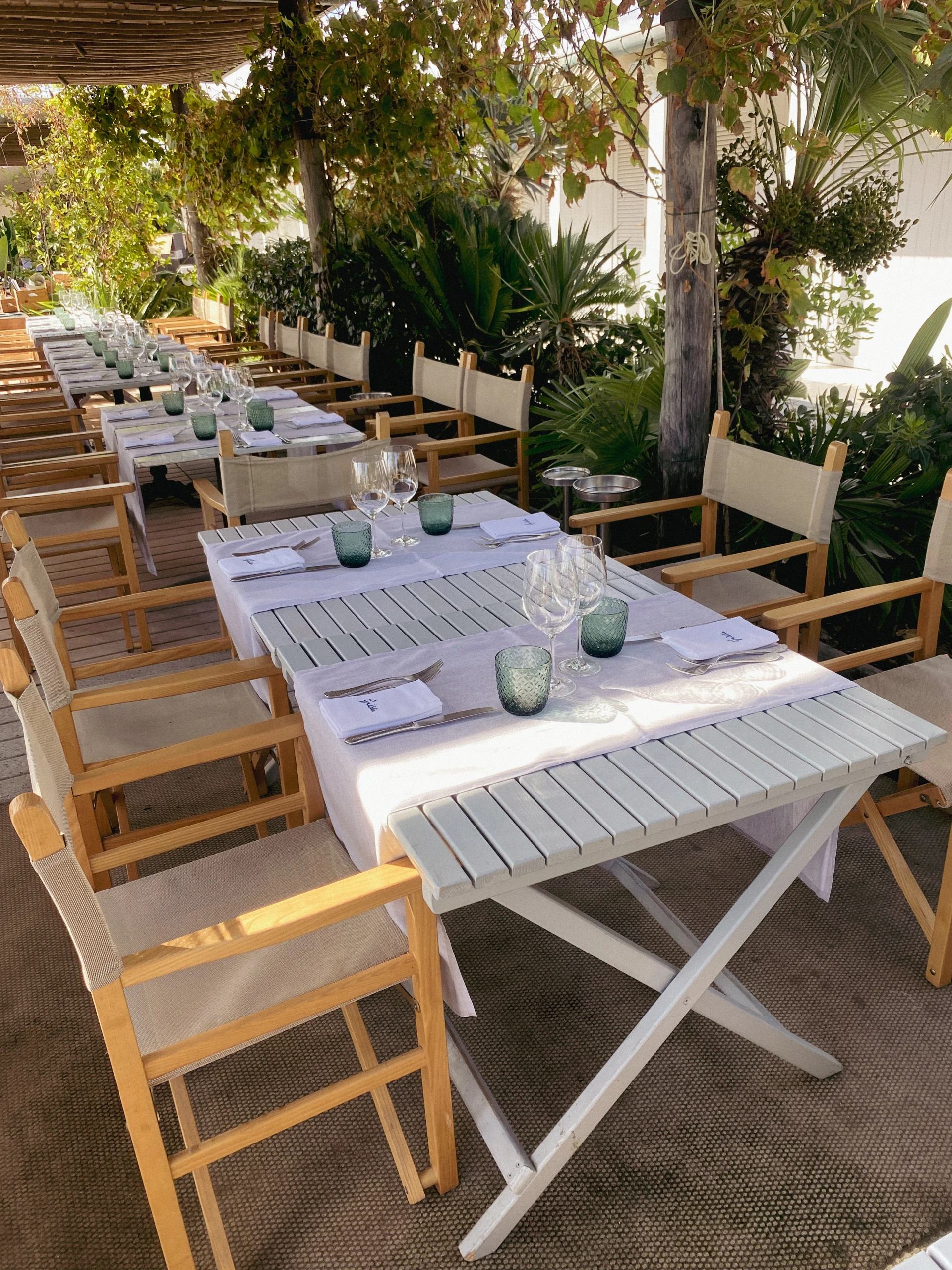
From Sandbathing to Sophistication
The story begins in the late 19th century, when Tuscany’s aristocracy first began descending on the coast in pursuit of fresh air and marine therapy. In 1904, Bagno Onda Marina opened its doors—Forte’s first official beach establishment—and from there, a new form of refined coastal leisure was born. What was once a quiet fishing village became Italy’s most elegant seaside retreat.
The Industrial Elite’s Playground
It was Edoardo Agnelli, scion of the FIAT dynasty, who cemented Forte’s high-society status in 1926. His summer home, Villa Costanza (now Villa Agnelli), included private beach access via a hydroplane hangar. The gesture was more than extravagant—it was a signal. From then on, industrialists, fashion families, and cultural luminaries followed. By the 1930s, the Rizzolis and Morattis mingled with thinkers like Aldous Huxley and Thomas Mann, all under the same striped tents.
The Enduring Allure of the Bagni
What sets Forte apart isn’t just its clientele, but the aesthetic continuity of its beach clubs. There are no infinity pools here. Instead: teak cabins, sun-faded awnings, rattan loungers, waiters in white polos. Beach clubs like Bagno Silvio (est. 1919) and Bagno Piero (1930s) are still family-run, still elegant, still faithful to their original architecture. It’s a place where returning guests request the same tent, the same corner table, year after year.
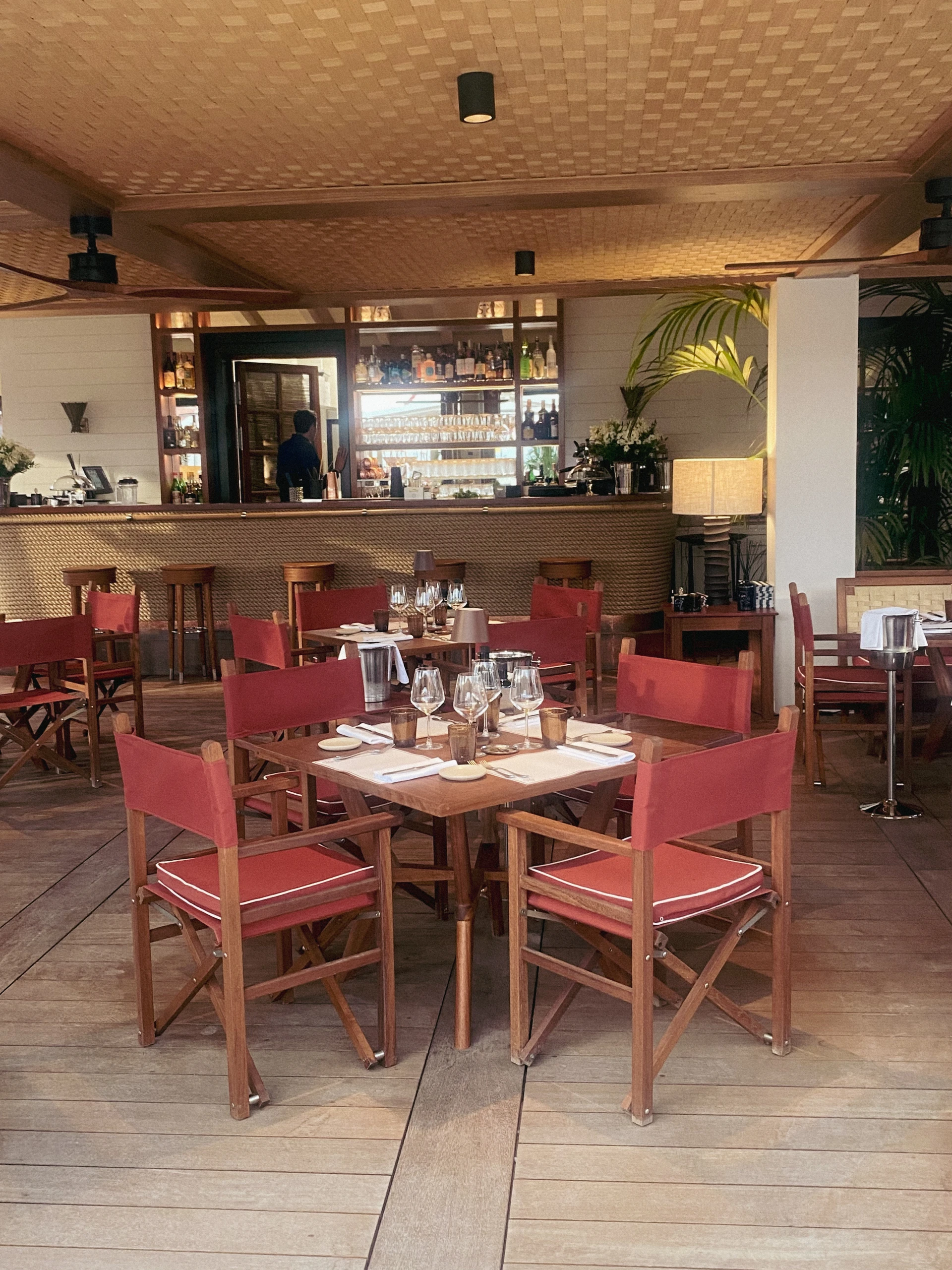
The Palio dei Bagni
Once a year in early August, the genteel pace is interrupted by a flash of competitive spirit: the Palio dei Bagni, a historic rowing regatta between beach clubs, paddled in traditional red-painted patini. Introduced in 1952, it channels a collective pride and nostalgia—part sport, part theatre, entirely Forte.
Even earlier in the season, the “Save a Life” event reimagines vintage lifeguard rescues, showcasing the heroism and tradition behind every well-tanned bagnino.
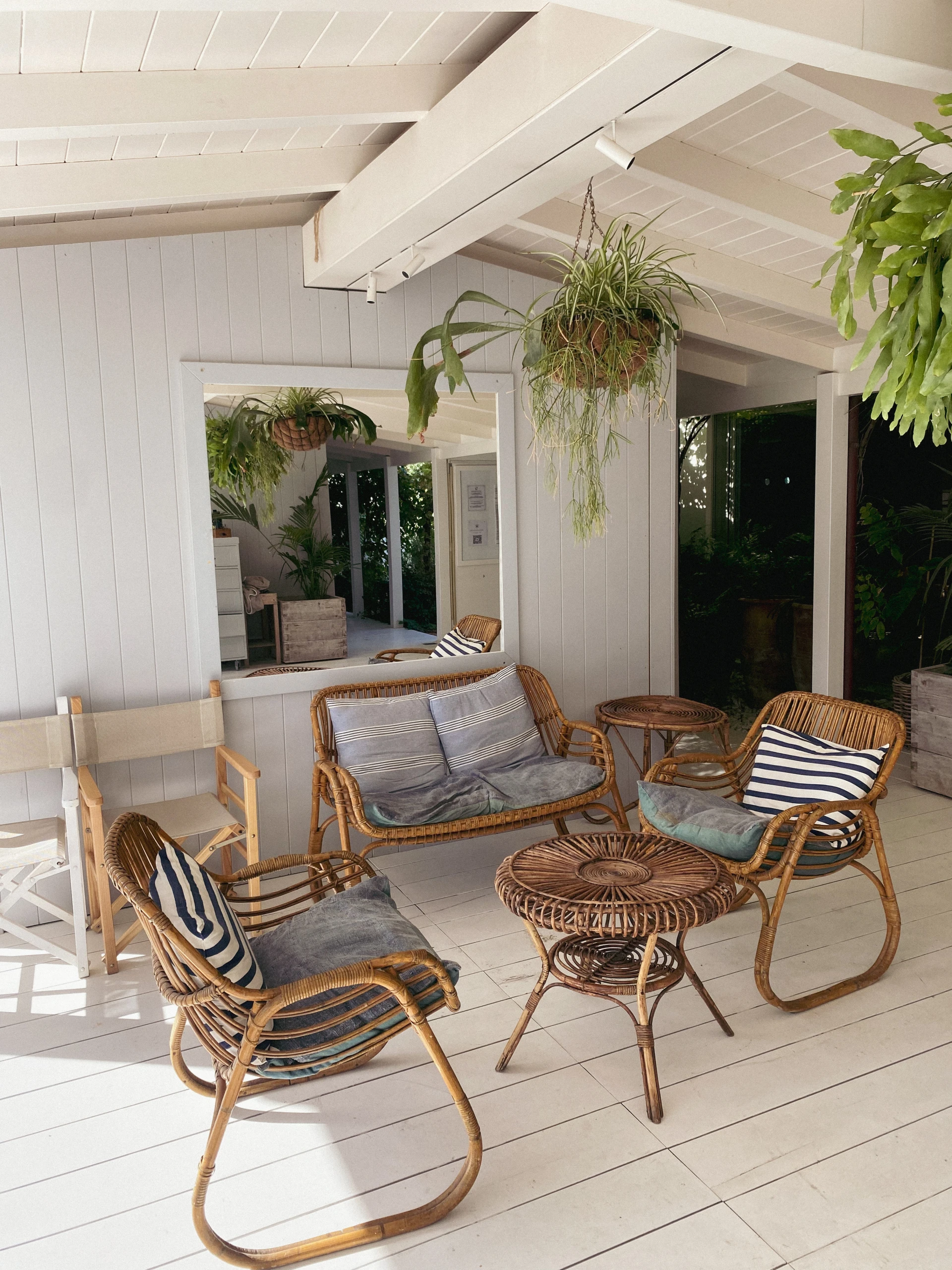
La Dolce Vita by the Sea
By the 1960s and ’70s, Forte had hit its glamorous stride. La Capannina di Franceschi, opened in 1929, became the Riviera’s see-and-be-seen nightclub. There, Édith Piaf, Ray Charles, and countless glitterati dined, danced, and drank (rumour has it the Negroni Sbagliato found its origin here). The beach wasn’t just where you spent the day—it was the centre of culture, style, and flirtation.
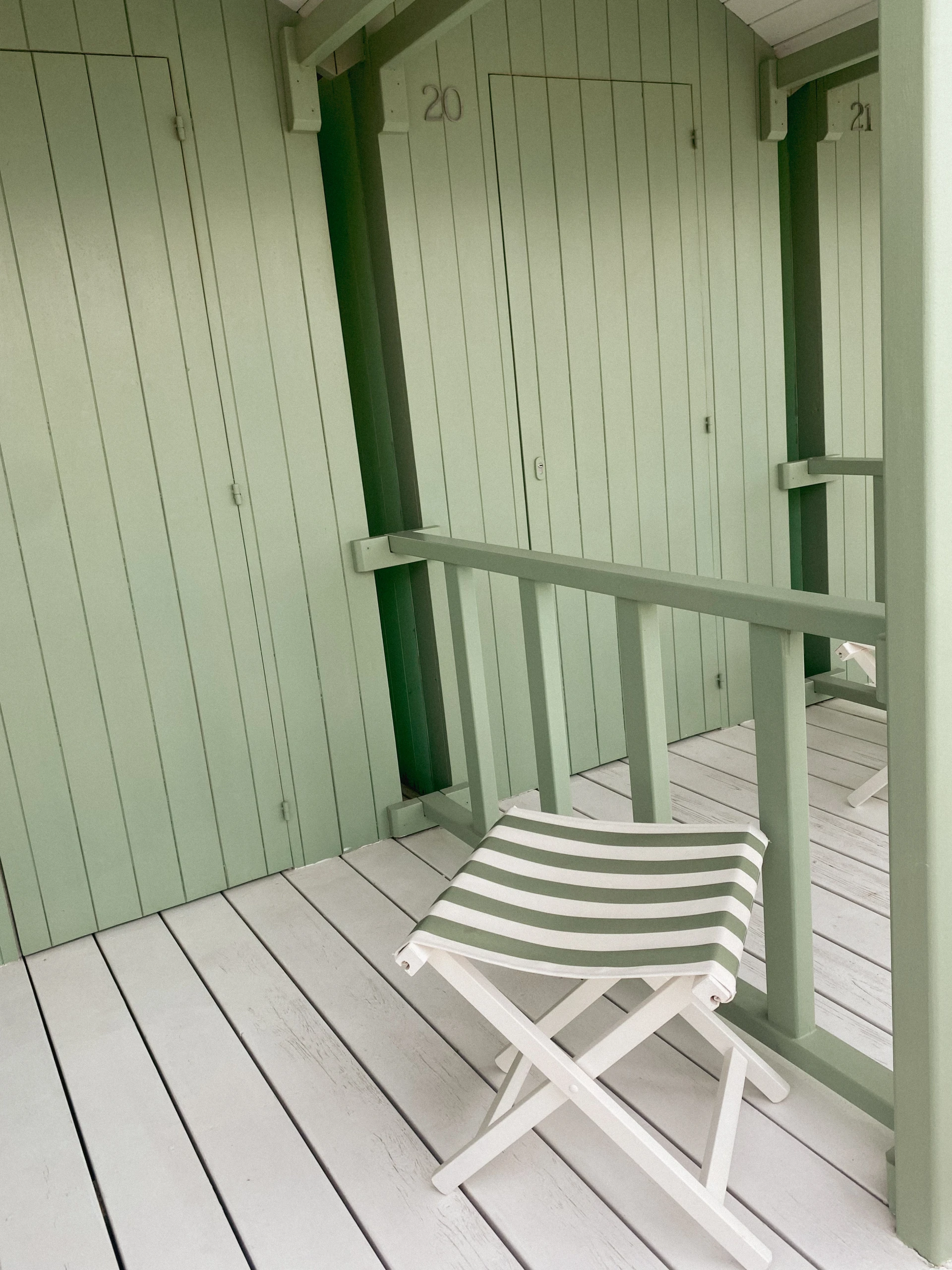
A Cultural Legacy in Flip-Flops
Despite its polish, Forte is no relic. Its beach culture continues to evolve—quietly, tastefully, with minimal disruption. The daily rituals remain sacred: the morning stroll to your tent, the lunchtime spaghetti alle vongole, the 6pm Spritz.
And the bagnino? He’s still there. More than an attendant, he’s the guardian of memory, the unspoken glue of summer life. Forte’s bagni aren’t just places. They are institutions—each with its own identity, legacy, and loyal following.
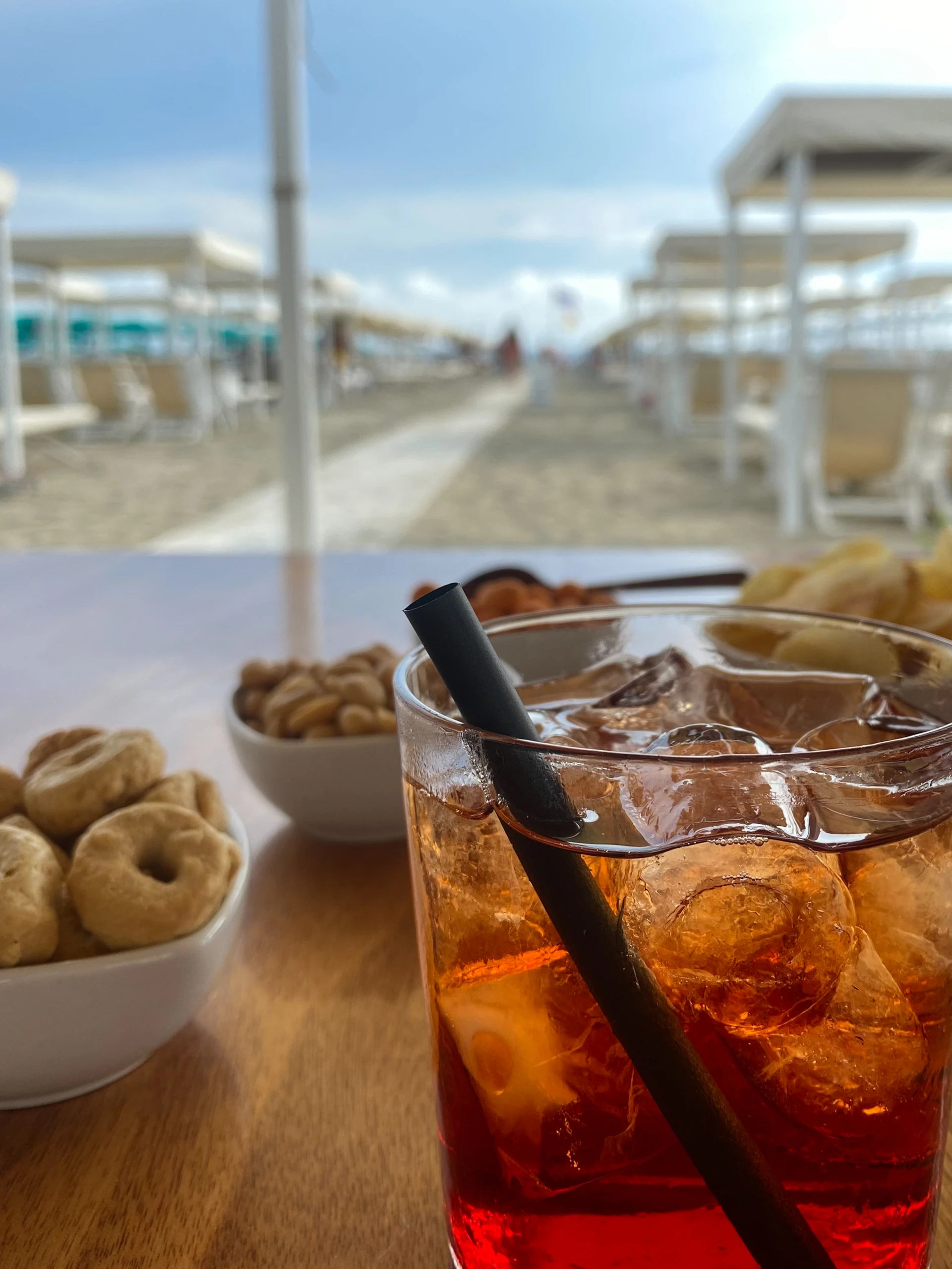
A Personal Selection of Beach Clubs
In a sea of iconic names, these beach clubs embody the essence of Forte: elegance, intimacy, and enduring charm.
1. Bagni Santa Maria
Timeless and discreet, this club exudes a quiet luxury. Fewer frills, more authenticity. A favorite of multi-generational families who appreciate understatement.
2. Bagni Remo Beach Club
Polished yet relaxed, with a sea-water pool, dining area, and refined crowd. Beloved by those who appreciate impeccable service with a smile—and who still swim before breakfast.
3. Bagni Felice 1
Unassuming and nostalgic, this club remains a slice of classic Forte—where the umbrellas are always aligned, and the coffee is always strong.
4. Casamare da Alfredo
Newly reimagined for 2025 by the Casamare group, this beach club merges contemporary design with traditional Tuscan values. Expect elevated cuisine and polished simplicity.
5. Gilda Beach Club
One of Forte’s most refined. Think striped cabanas, vintage parasols, attentive staff, and one of the best on-beach restaurants in town. Perfect for those who arrive with a linen shirt and leave with a tan and a novel finished.
6. Bagno Principe
Effortlessly stylish with a slightly more cosmopolitan crowd. Known for its attention to detail and a serene atmosphere that feels both grown-up and grounded.
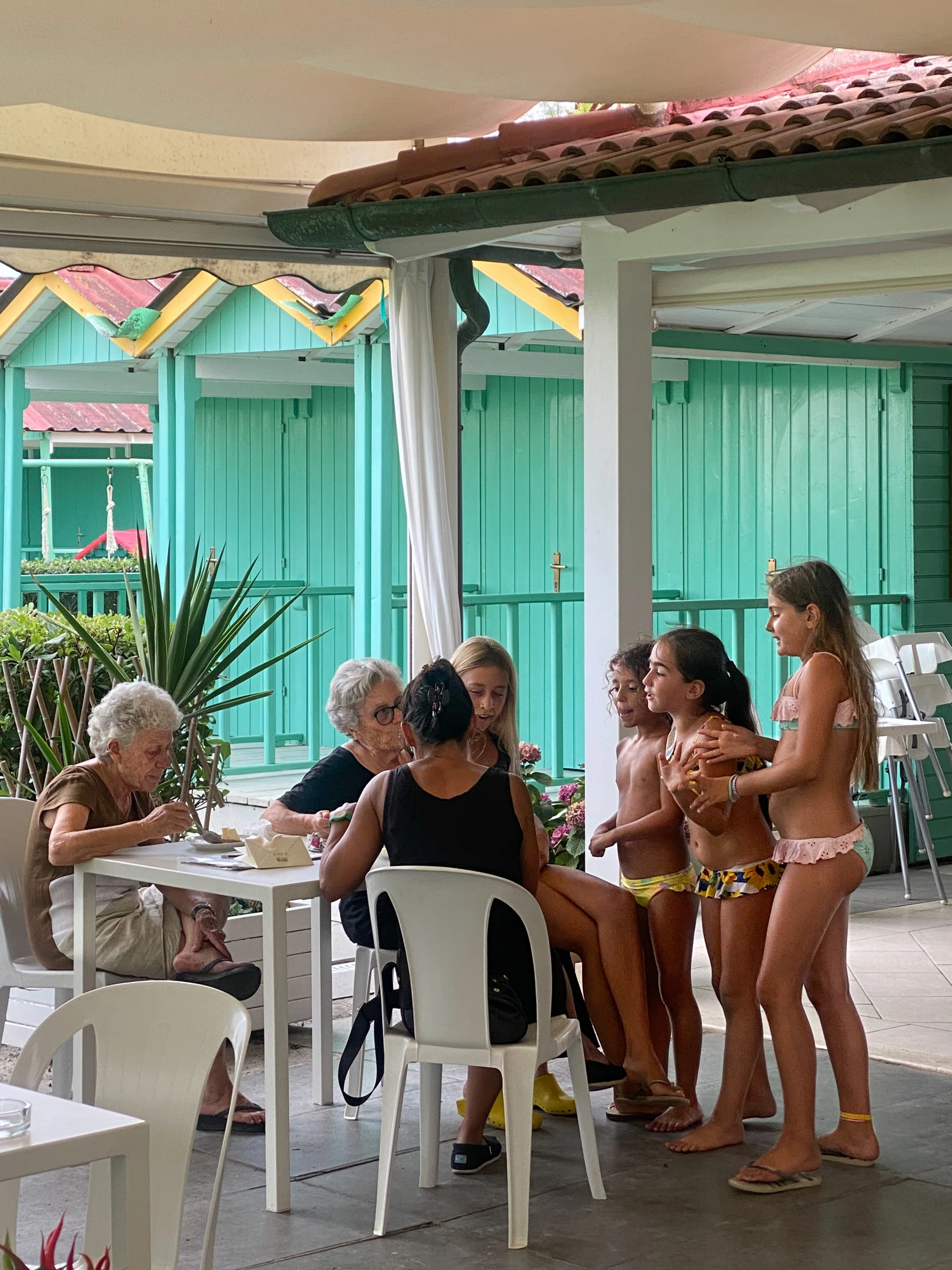
They are all beautiful, impeccably run, and chic in their own way—but the one I probably loved the most wasn’t the flashiest. It was the club with vintage ’70s sun-bleached colours, where the paint was slightly peeled off the cabins, where the umbrellas leaned just so, and where kids were hackling their nonna for one more gelato. It was real, warm, and a little worn around the edges in the best possible way—exactly the kind of place that makes you want to return summer after summer.
It comes at a price!
The culture and etiquette of the beach club were completely lost on me when I was little. As I ran ahead of the whole family, excited to be on the beach, I couldn’t believe my luck — the entire first row of beach chairs was empty! Knowing my brothers and sister would be thrilled that I’d scored these prime spots, I quickly dropped my towel and bag to claim them.
But as soon as I did, a collective gasp rippled through the other beach guests. I had committed the unimaginable… I had taken the beach chairs of the most prominent family in town. Embarrassed, I followed the bagnino, who promptly escorted me to the very last row of chairs.
Since that day, I’ve been endlessly fascinated by the different cultures, styles, etiquette, and yes — the prices — of Italian beach clubs. If you’re curious about the cost of a seasonal pass, here’s a quick guide for 1 chair + umbrella
Seasonal Pass Prices at Forte dei Marmi Beach Clubs
Forte dei Marmi, renowned for its upscale beach clubs, offers seasonal passes to suit a range of preferences and budgets.
Budget-Friendly Options
Daily Access: Around €30–€50 per day, including a sunbed and umbrella.
Weekly Passes: Approximately €100–€150 for access for the full week.
Mid-Range Choices
Monthly Passes: Typically €300–€600, depending on the club’s amenities and location.
Premium Selections
Seasonal Passes: The most exclusive beach clubs offer passes ranging from €5,000 to €30,000. These premium memberships include more than just a chair and umbrella:
Reserved cabanas or private tents
Personalized services such as dedicated waitstaff
Access to exclusive events and facilities
Complimentary parking and valet services
Discounts on dining and spa treatments

